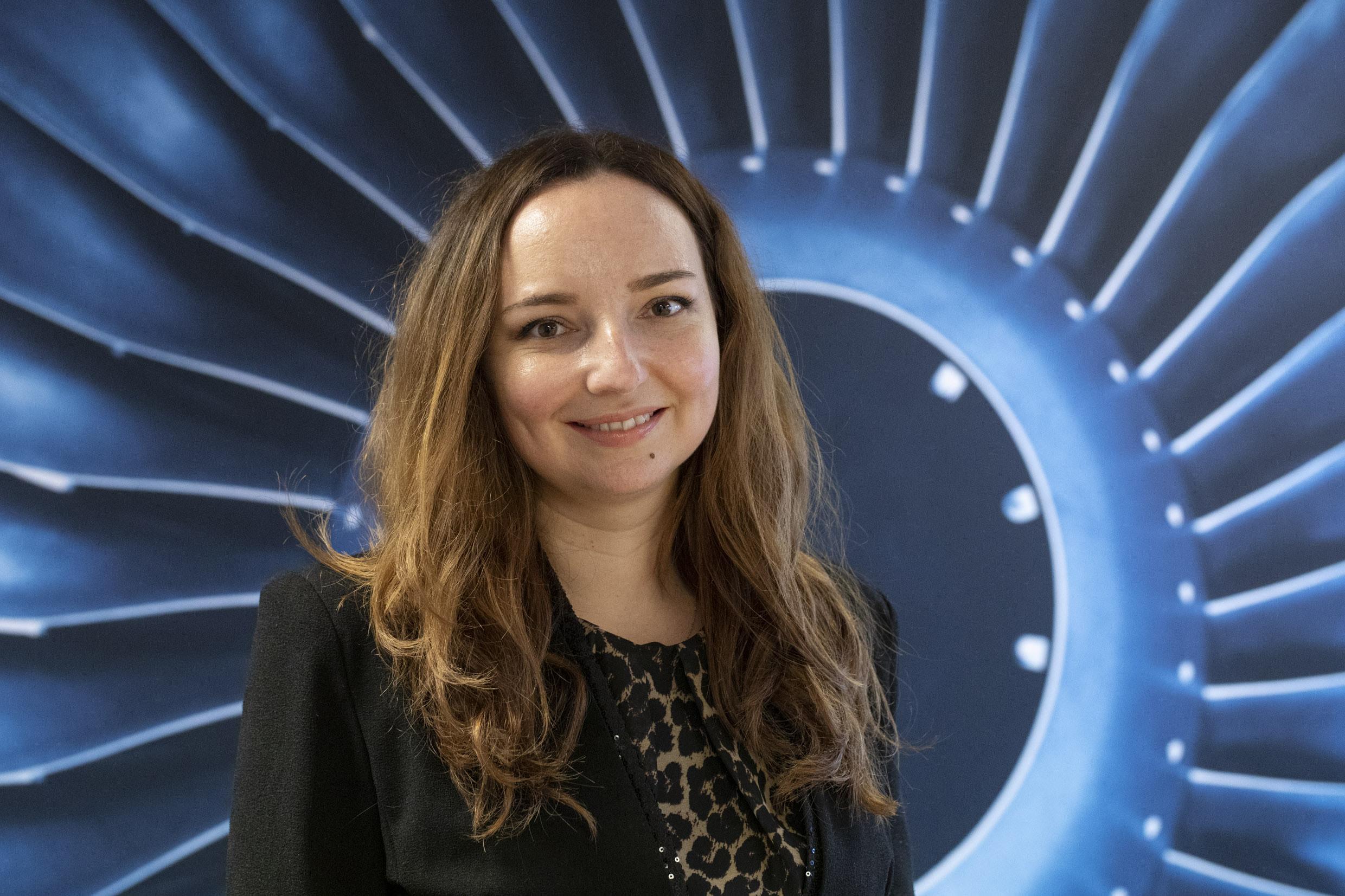
Anca Mihalache, VP Engine Trading at APOC Aviation, has been fielding questions from customers and lessors about the engine market, which has switched from a sellers’ to a buyers’ market since the COVID-19 pandemic. While many buyers and sellers are on standby, others are negotiating sale and leaseback options. Here are a few of her other observations.
About a year ago, you started developing an engine trading division for APOC Aviation, focusing on the CFM56 and V2500. What’s in your portfolio now and how have your plans changed since the pandemic broke out? Are you still looking for engines to lease—or are you shifting to more teardowns?
In 2019, we purchased two CFM56-3C1 engines (that are already sold) and one V2500-A5 that is under lease with Onur Air. In 2020, we purchased a CFM56-3C1 engine that is sold and now we have five more CFM engines under letter of intents. Three of them are lease candidates, one is for outright sale and one is going to be parted out. Our strategy hasn't changed--we are looking for engines both for lease and part-out. Of course there is a higher risk now, so we have adapted our prices accordingly.
Is APOC still targeting engines with about 3,000 cycles, or 1-1.5 years of life for lease?
Yes, we are. We are looking at a green-time lease of a maximum of three years. After that, we will proceed with the part-out.
How much have prices dropped for CFM56 and V2500 engines?
I see a drop of around 30%. However, I don't think this will be the case for long because airplanes will return to operation sooner or later, and I believe airlines will avoid expensive shop visits so they will prefer to fly a serviceable engine.
Several airlines and OEMs have been asking suppliers for extended payment terms. How is this impacting you?
We have approved our lessees holiday rent (for a limited period of time). At APOC, we believe that we need to work together and be understanding during this situation, which has never been encountered since the history of aviation.
How do you think the engine MRO requirement will change?
The shops were supposed to be at 80-90% capacity up to 2022-23. And in the last few years, there has been a medium-term shortage in engine parts (especially for those that APOC Aviation is in market for--CFM56 and V2500). What will happen now, in my opinion, is that the airlines and lessors will try to cannibalize their own assets. With airframes it’s relatively easy to do, but with engines it is much harder as most repairs require a shop visit. And once examined, an engine might have more repairs than originally assumed.
But because more engines will be parted out (instead of being repaired or leased, even if there still is some green time), there will still be requirements for engines to go for shop visits. Fewer engines available for flying means fewer options to change engines when needed, which leads to an increased repair requirement. This is the cyclicality of the engines market: it might be a situation where there are many engines of the same type available, which will lead to more part outs, to fewer flyer engines, higher lease demand, higher MRO demand.
So for now the MROs will have some available slots, but once the situation returns to normal, the number of engines inducted in the MRO shops will start to increase.





